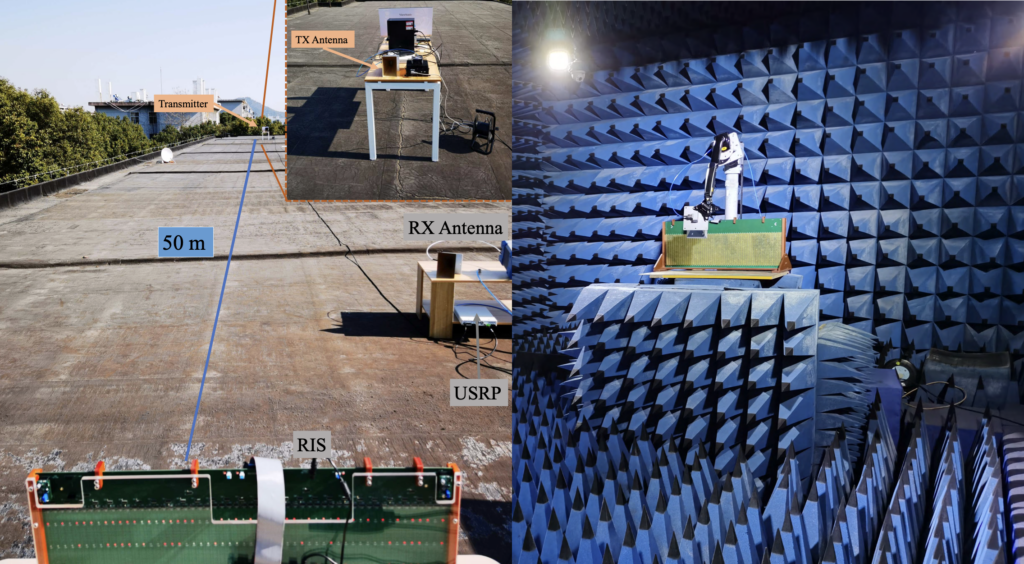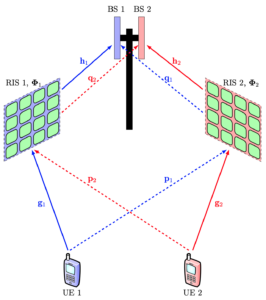I started analyzing reconfigurable intelligent surfaces (RISs) in 2019, just when the hype began in the communication community. I was mostly interested in understanding the fundamentals of this technology because some claims that I found in papers were too good to be true. In 2020, we summarized our thoughts in the paper “Reconfigurable Intelligent Surfaces: Three Myths and Two Critical Questions,” which corrected three misconceptions that flourished then.
More importantly, we identified two open research problems that we found particularly important to solve if the RIS technology should become practically and commercially viable.
The first question was: What is a Convincing Use Case for RIS? The literature was already full of potential use cases; take any communication scenario and add an RIS, and you will improve the system performance by a little. However, the proposed use cases were either too niche-oriented to motivate technology development or aimed at “solving” problems that existing technology (e.g., relays or small cells) could already manage to some extent. A groundbreaking use case of clear commercial value was missing, and I think we have yet to find it.
The second question was: How can we estimate channels and control a RIS in real time? I was skeptical that it would be possible to solve this problem until I saw a demo video from the University of Surrey in late 2020 and participated in a measurement campaign at the Huazhong University of Science and Technology. I then decided to look for a solution together with my research group at KTH.
Real-time reconfigurability is challenging because a typical RIS has hundreds of elements; thus, there are hundreds of channel parameters to estimate every time the channel changes. A plausible solution is to narrow the scope to use cases where the channels can be parametrized efficiently. If the propagation geometry is such that the channel is determined by the same few parameters, regardless of how many RIS elements there are, we can focus on estimating those parameters instead. We realized that array signal processing contains the necessary tools for developing such geometry-based models and algorithms.
We now have a solid solution framework. In the following video, I explain our approach, from the first principles to the solution. The slides were originally prepared for a keynote speech at IEEE CAMSAP 2023 and then fine-tuned for my recent keynote at IEEE SITB 2024.
The technical details are found in the paper “Parametric Channel Estimation with Short Pilots in RIS-Assisted Near- and Far-Field Communications,” which will appear in the IEEE Transactions on Wireless Communications in 2024.





